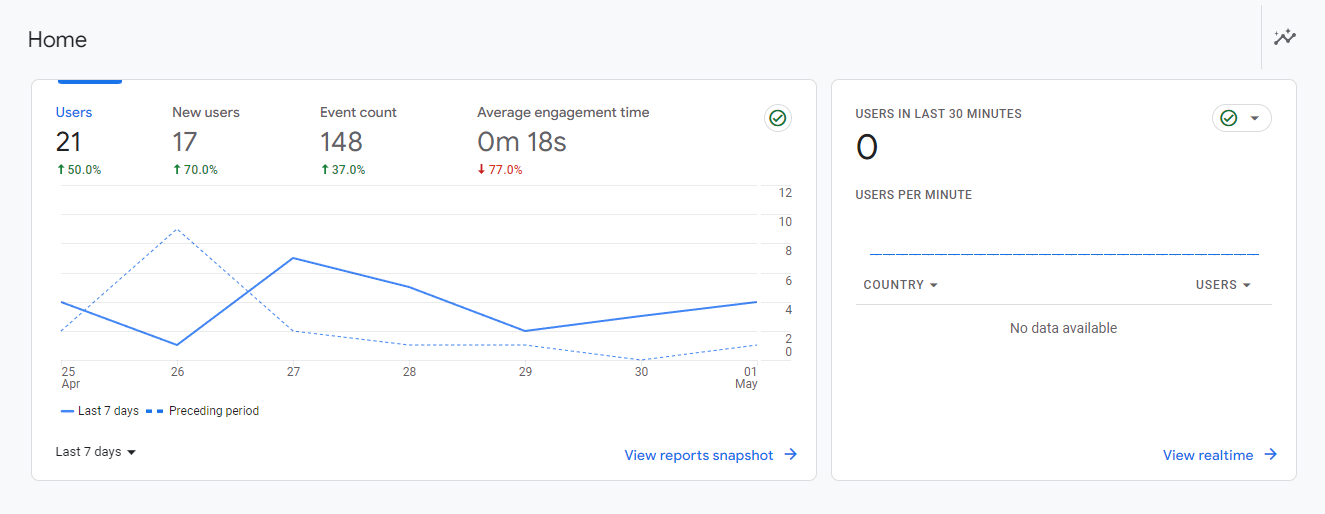
What is SEO and How Do You Use It?
SEO stands for Search Engine Optimization, which is the process of improving the quality and quantity of traffic to your website from search engines. SEO helps your website rank higher on search engine results pages (SERPs), especially on Google, which is the most popular and widely used search engine in the world.
Why is SEO important for your website? SEO can help you reach your target audience, increase your brand awareness, generate more leads and conversions, and ultimately grow your business. SEO can also help you gain a competitive edge over your rivals, as well as build trust and credibility with your potential customers.
How can you apply SEO to your website? SEO is not a one-time thing, but an ongoing process that requires constant monitoring and updating. However, there are some basic steps that you can follow to start optimizing your website for search engines. Here are some of them:
1. Conduct keyword research. Keywords are the words and phrases that users type into search engines to find what they are looking for. You need to identify the keywords that are relevant to your website's topic, niche, and audience, and use them strategically throughout your website's content, title tags, meta descriptions, headings, URLs, and images. You can use tools like Google Keyword Planner, Moz Keyword Explorer, or SEMrush to find and analyze keywords for your website.
2. Optimize your website's structure and navigation. Your website's structure and navigation should be clear, logical, and user-friendly, so that both search engines and users can easily find and access your pages. You should use a hierarchical structure with categories and subcategories, and create a sitemap that lists all your pages and links them together. You should also use internal links to connect related pages within your website, and external links to point to authoritative and relevant sources outside your website.
3. Improve your website's speed and performance. Your website's speed and performance can affect your SEO ranking, as well as your user experience and satisfaction. You should make sure that your website loads fast and smoothly on all devices and browsers, and that it does not have any broken links, errors, or bugs. You can use tools like Google PageSpeed Insights, GTmetrix, or Pingdom to test and improve your website's speed and performance.
4. Create high-quality and engaging content. Content is the king of SEO, as it is what attracts and retains users on your website. You should create high-quality and engaging content that provides value to your audience, answers their questions, solves their problems, or entertains them. You should also update your content regularly to keep it fresh and relevant. You can use different types of content formats, such as blog posts, articles, videos, podcasts, infographics, ebooks, or webinars, depending on your goals and audience preferences.
5. Implement on-page and off-page SEO techniques. On-page SEO refers to the optimization of the elements on your website's pages, such as keywords, content, title tags, meta descriptions, headings, images, etc. Off-page SEO refers to the optimization of the elements outside your website's pages, such as backlinks, social media signals, reviews, etc. Both on-page and off-page SEO techniques can help you boost your website's authority and relevance in the eyes of search engines and users.
These are some of the basic steps that you can follow to apply SEO to your website. However, SEO is a complex and dynamic field that requires constant learning and adaptation. You should always keep up with the latest trends and best practices in SEO, as well as monitor your website's performance and results using tools like Google Analytics or Google Search Console.


